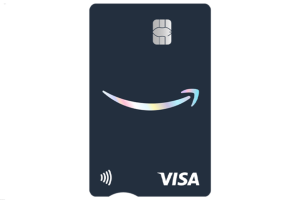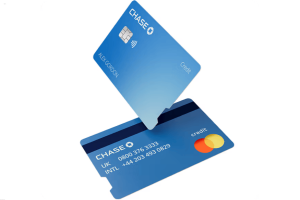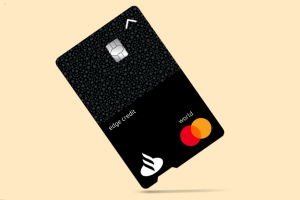Credit card fraud is a growing concern in England, with criminals employing increasingly sophisticated methods to steal your information. Whether it’s through online scams, skimming devices, or phishing attacks, falling victim to credit card fraud can have serious financial and emotional consequences.
In this article, we’ll explore common types of credit card fraud, how to identify threats, and practical steps you can take to protect yourself. Let’s empower you with the knowledge to keep your finances secure.

Common Types of Credit Card Fraud
Understanding the various ways fraudsters operate is the first step in protecting yourself. Here are some of the most prevalent forms of credit card fraud:
1. Phishing Scams
Fraudsters send emails or text messages pretending to be from your bank or credit card issuer. These messages often contain links to fake websites designed to steal your login credentials. In some cases, they may use scare tactics, claiming your account has been compromised to pressure you into acting quickly.
2. Skimming Devices
Skimming devices are installed on ATMs or card readers to capture your card details. This information is then used to create counterfeit cards or make unauthorised transactions. Advanced skimmers are increasingly difficult to detect, often concealed within legitimate-looking machines.
3. Online Fraud
Cybercriminals use malware, fake websites, or intercepted online transactions to gain access to your credit card information. Fake e-commerce sites that mimic well-known brands are particularly common, tricking users into providing their details.
4. Lost or Stolen Cards
If your physical card is lost or stolen, it can be used to make purchases until you report it to your issuer. Some fraudsters may even use stolen cards for contactless payments, exploiting the lack of a PIN requirement for small transactions.
5. Card-Not-Present (CNP) Fraud
This occurs when fraudsters use your card details for online, phone, or mail-order transactions without needing the physical card. With the rise of online shopping, CNP fraud has become one of the most common forms of credit card fraud.
How to Identify Credit Card Fraud
Spotting fraudulent activity early can minimise its impact. Here’s what to watch for:
- Unfamiliar Transactions: Regularly review your statements for purchases you don’t recognise. Even small, seemingly insignificant charges may be test transactions by fraudsters.
- Unexpected Notifications: Be wary of messages claiming unauthorised access to your account, especially if they ask for personal information. Legitimate companies typically do not request sensitive details via email or text.
- Declined Transactions: If your card is unexpectedly declined, it may have been flagged for fraudulent activity. Contact your issuer to confirm.
Essential Tips for Protecting Yourself
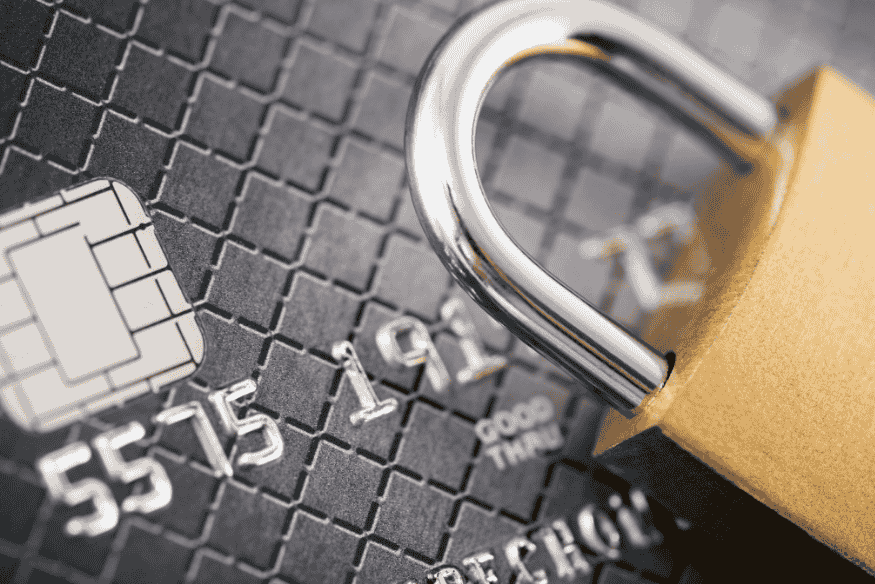
1. Use Strong Passwords
Ensure your online banking and credit card accounts are protected by strong, unique passwords. Avoid using easily guessable information like birthdays or simple sequences. Use a password manager to generate and store complex passwords securely.
2. Enable Two-Factor Authentication (2FA)
Where available, activate 2FA for your accounts. This adds an extra layer of security by requiring a second verification step, such as a code sent to your phone or email. This ensures that even if someone obtains your password, they cannot access your account without the second factor.
3. Monitor Your Statements
Review your credit card statements regularly to catch any unauthorised transactions early. Many issuers also offer instant transaction alerts for real-time monitoring, helping you act quickly in case of fraud.
4. Be Cautious Online
- Only shop on secure websites (look for “https” in the URL). Sites with a padlock icon next to the URL are typically secure.
- Avoid clicking on links in unsolicited emails or messages. These could redirect you to phishing sites designed to steal your information.
- Use a virtual private network (VPN) when accessing sensitive information on public Wi-Fi to prevent hackers from intercepting your data.
5. Protect Your Physical Card
- Never share your card PIN with anyone, even if they claim to be from your bank.
- Shield the keypad when entering your PIN at ATMs or point-of-sale terminals to prevent shoulder surfing.
- Report lost or stolen cards immediately to your issuer to minimise the risk of unauthorised use.
6. Use Secure Payment Methods
Whenever possible, use digital wallets like Apple Pay or Google Pay. These methods use tokenisation to protect your card details during transactions, making them more secure than traditional card payments.
What to Do if You Fall Victim to Fraud
Despite your best efforts, fraud can still occur. Here’s what to do if you suspect fraudulent activity:
- Contact Your Card Issuer: Report the issue immediately to have your card blocked and prevent further unauthorised transactions. Most issuers have 24/7 helplines for fraud reporting.
- File a Police Report: In some cases, a police report may be necessary for your issuer to process your claim. This is particularly important for large sums or organised fraud.
- Monitor Your Accounts: Keep an eye on your statements and accounts for any additional suspicious activity. Fraudsters may attempt to access other accounts.
- Update Your Credentials: Change your passwords and enable additional security measures on all affected accounts. Consider reviewing security settings on all linked accounts as well.
The Role of Credit Card Issuers in Fraud Prevention
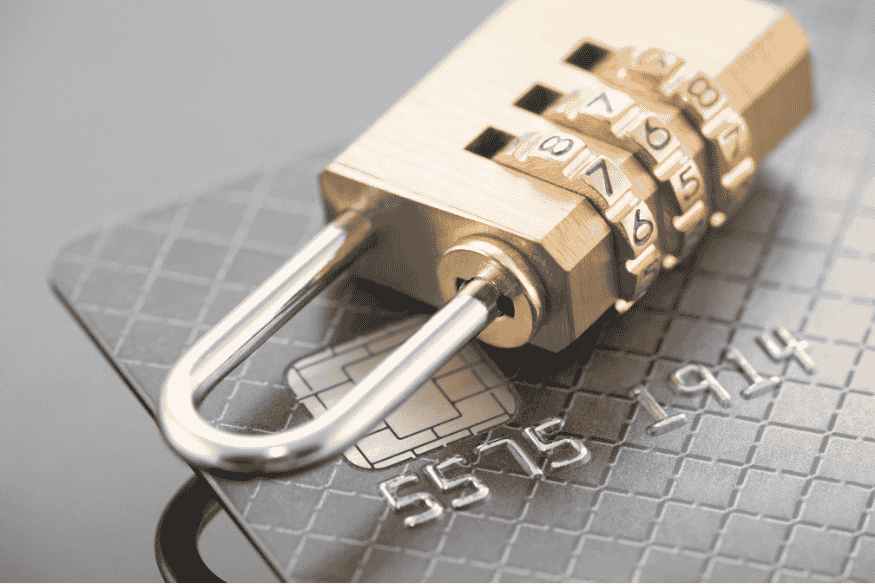
Credit card issuers in England employ several tools to protect customers, including:
- Fraud Detection Systems: Advanced algorithms monitor your transactions for unusual activity. These systems often flag transactions outside your typical spending patterns.
- Zero Liability Policies: Most issuers offer protection against unauthorised charges, ensuring you’re not held financially responsible. Familiarise yourself with your issuer’s policy to understand your rights.
- Instant Alerts: Notifications for transactions help you spot fraud in real time, enabling quicker action to limit damage.
Emerging Trends in Credit Card Security
The fight against fraud is ever-evolving. Here are some trends to watch:
- Biometric Authentication: Fingerprint and facial recognition are becoming more common for verifying transactions. These methods add a personalised layer of security that is harder to replicate.
- Dynamic CVV Codes: Some cards now feature security codes that change periodically, making them harder to replicate. These codes ensure that even if card details are stolen, they cannot be used for online transactions without the current CVV.
- AI-Powered Fraud Detection: Artificial intelligence is improving the ability to detect and prevent fraudulent transactions. AI systems learn your spending habits and flag anomalies with greater accuracy than traditional methods.
Conclusion: Stay Vigilant, Stay Safe
Protecting yourself from credit card fraud requires a combination of vigilance, smart habits, and leveraging the security features offered by your issuer. By staying informed about the latest threats and taking proactive measures, you can significantly reduce your risk.
Remember, if something doesn’t seem right, trust your instincts and act quickly. A cautious approach to credit card security can save you time, money, and stress.
Key Takeaway: Credit card fraud is a real threat, but with the right precautions, you can protect yourself and your finances effectively in England.

